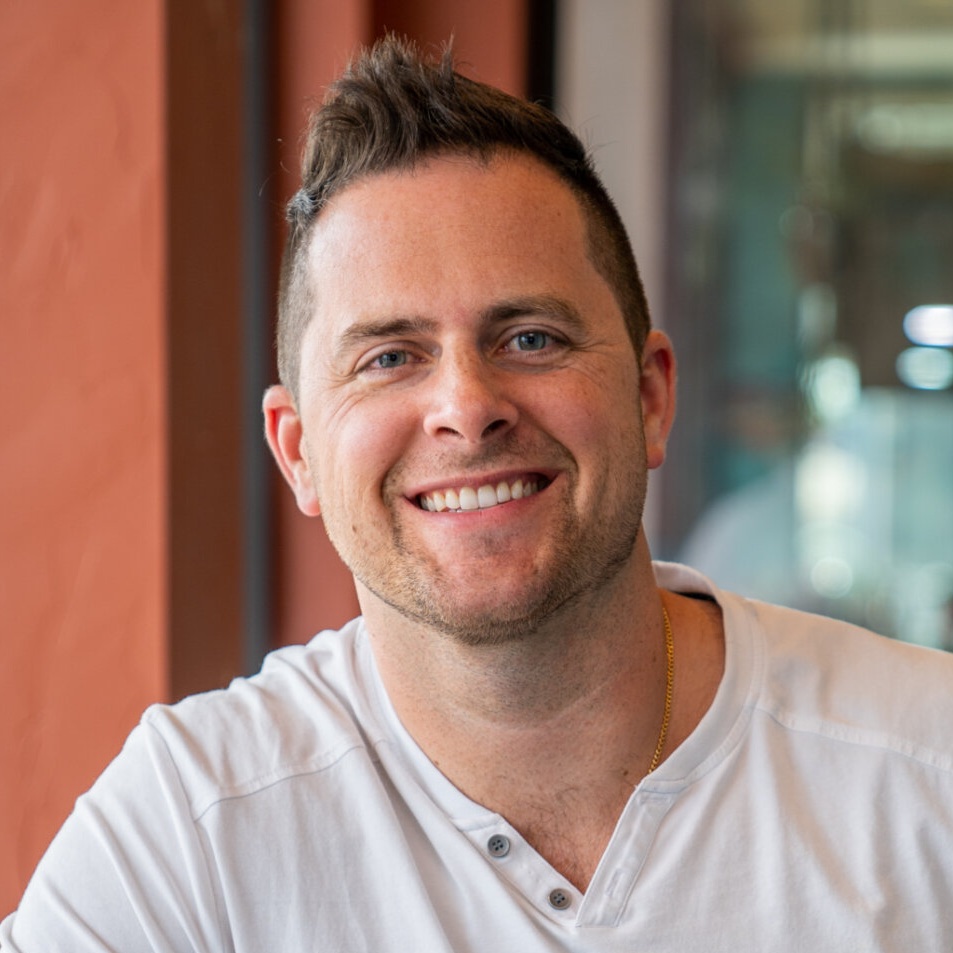Hey everybody, I’m J.D. Houvener, your host of the Bold Today’s Show. Were you the inventor or entrepreneur, get your daily inspirations so you can go make the world a better place.
[Music]
We’re going through all the steps that are needed on how to patent your invention. This is step eight, alright, and so step eight is the fun stuff. It’s where you talk about the patent application itself, how do you get that together, what type of applications should you use? We’re going to talk about all that here today, just covering the high level details, high level stuff, so that we can look at the details on the website. You can get ahold of us to talk about your particular situation.
The first type of patent application that you might want to file is called a design patent application. A design patent application is one that covers just the ornamental, just the three-dimensional shape of your device. By nature, it must be something that can be made and produced in the three-dimensional world. This is not applicable for, for example, software or methods. It must be something you could produce and by using a manufacturing machine, by using a three-dimensional product, additive manufacturing, or some type of a device that can create it in the world. What’s interesting is that it does not protect what something does in terms of functionality; it just protects the way something looks.
Alright, type number two is a utility application, and there are two types of utility patent applications. One is called a provisional, and a provisional patent application is a less formal type of application that serves mainly to provide a filing date. Filing dates are all important because that’s what determines who invented first. It’s a race. Since 2013 when the law changed, the American Invents Act says that it doesn’t really matter who technically invented first; it’s who files your invention first is who gets and wins the race and will have the priority and the rights over that particular invention. So, a provisional will lock that date in, will give you that patent pending status. The application itself is comprised mainly of a specification and some drawings, that’s it, and the drawings themselves don’t have to be all that fancy either. They can be hand-drawn, and the specification is quite broad, encompasses any potential version or embodiment of the invention.
Now, the non-provisional patent application is the real deal. This is the full application that is formal and in our opinion takes about twice as much work to do a non-provisional as it does a provisional. Non-provisionals have a very orderly fashion; there are about seven different sections within a specification that must be put down. Within that, our claims, claims are what control and give you the rights for what you’re saying is your invention. If there are in English words, and it’s very particularly worded so that you get the most rights possible for your invention. Along with that comes a formal set of drawings, these drawings have to be crafted just right and annotated with notes and numbers and crafted and shown with the right shading and the right type of line structure so you are able to see and demonstrate all the different structure and components within your invention.
The next type of patent application that you may want to file is called a plant patent, and these are for horticulture that may be chemically or asexually reproduced in a lab setting. These are the types of plants that are able to be grown and reproduced, meaning that they are able to show and capture unique qualities about the plant, whether it’s the fruit or the bud, the type of leaf pattern that they produce, that is the world of plant patents. So, there’s a lot to discover today that’s just sort of skimming the surface. If you’ve got questions about any one of those types of patent applications, please give me a call.
